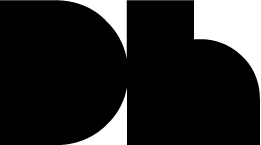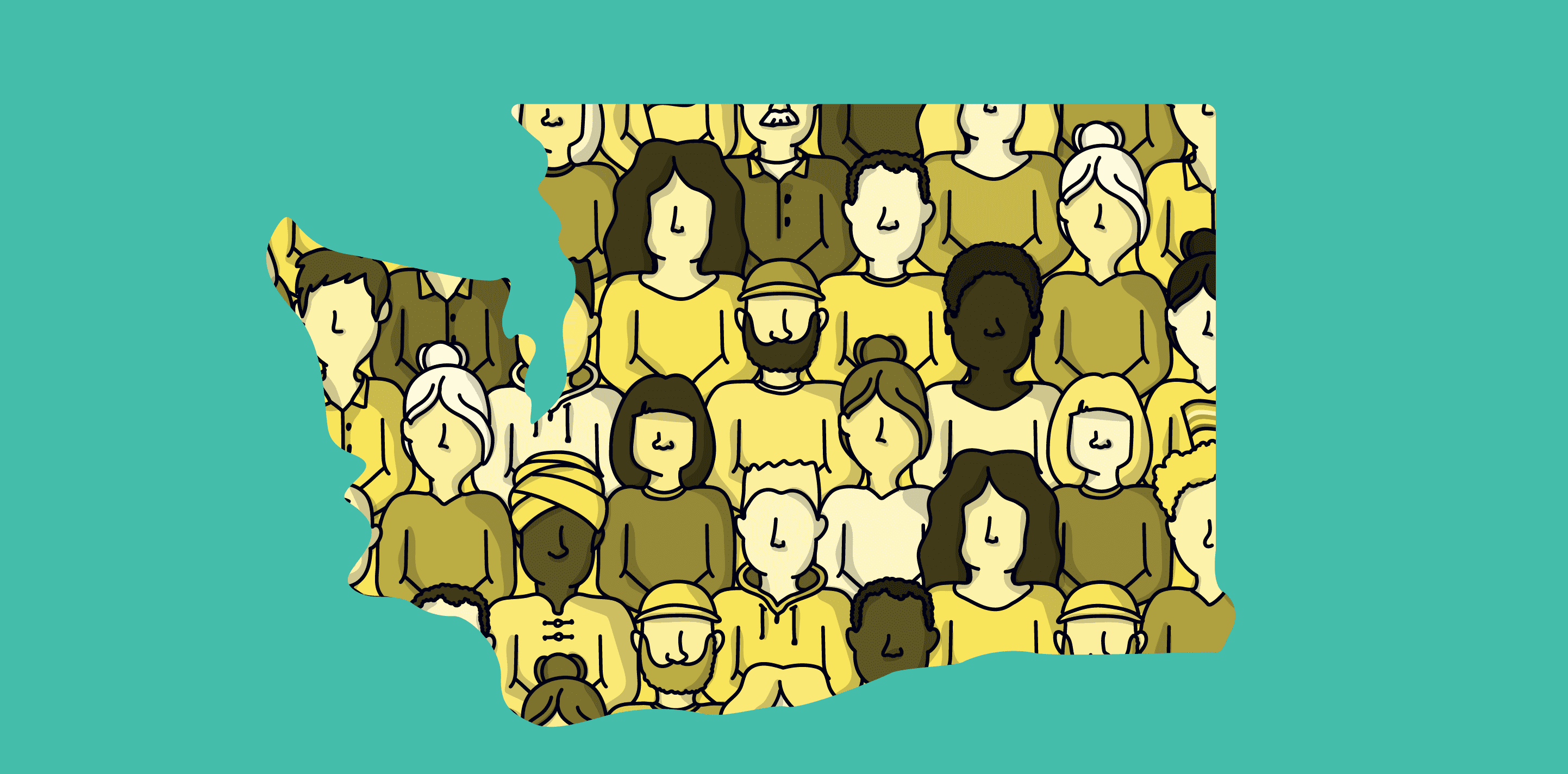In our recent work with the Washington State Department of Health (DOH), we’ve partnered with over 47 community based organizations and media outlets that work with special populations who may experience barriers to information and care. These are typically people from communities of color, those living with disabilities and others. The goal is to share information about COVID-19 prevention behaviors, as well as accurate information about vaccination.
We’ve forged partnerships across the state to help meet audiences where they are with culturally appreciative and accessible COVID-19 and vaccination information. This work is being done through a lens of “Nothing about me without me” — emphasizing the need to empower members of those communities to address their specific needs, barriers and priorities.
So how do we approach a project this big — especially when working toward reaching very specific audience groups? Luckily, our agency experts, Mallory Peak, PhD, VP of Social Change Marketing and Shireen Khinda, Account Director, were willing to share their secrets.
What is the most important thing to consider when sharing messages with special populations?
Mallory: That “special populations” is actually a lot of people! We tend to think in terms of minority/majority, but when you stop to consider the barriers that many people are facing – everything from language to navigating the internet with screen readers – that impacts a large part of your audience.
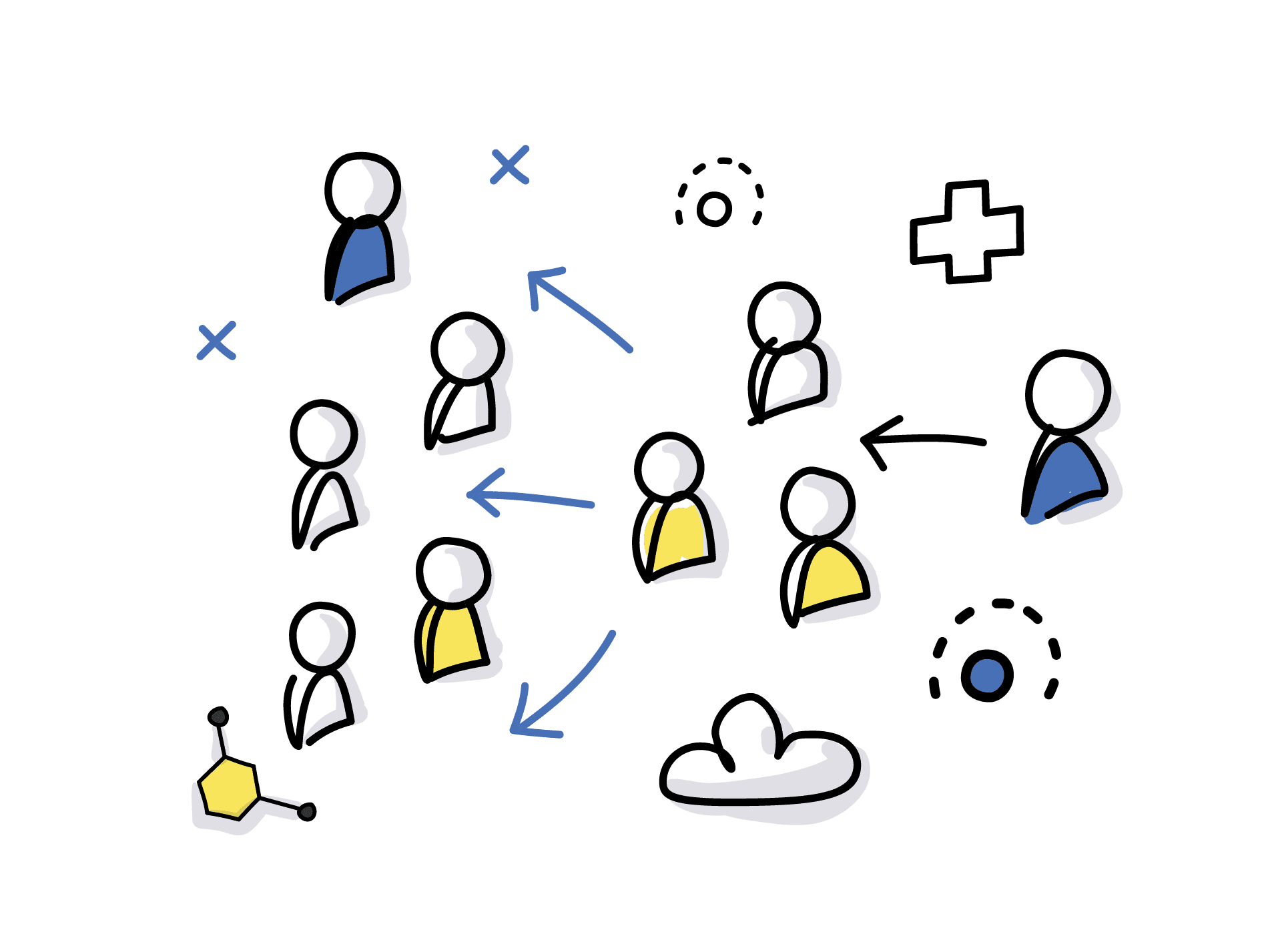
What unique approach is DH taking when sharing messages and partnering with organizations who reach these populations?
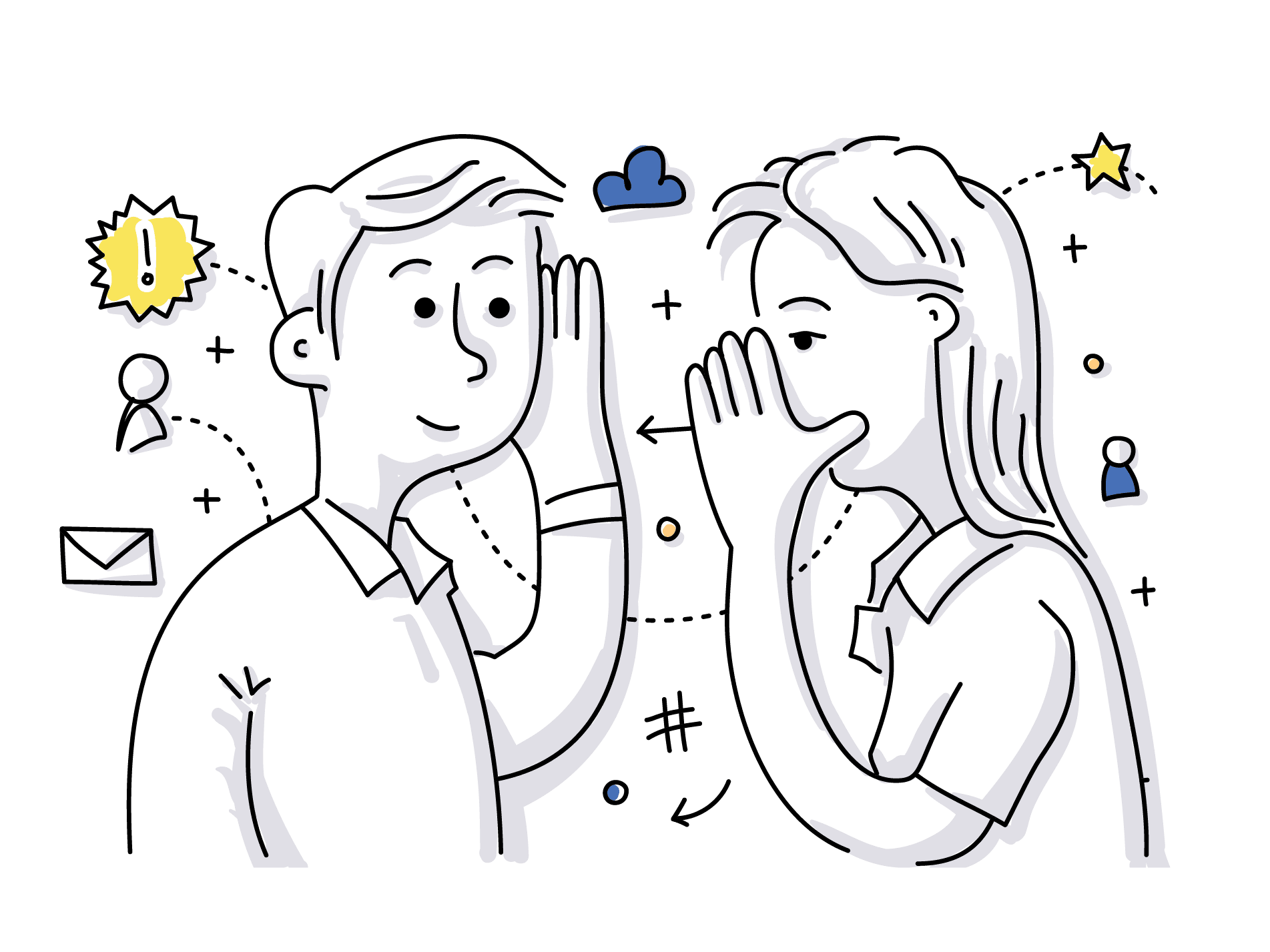
What collaborative strategies has the DH team deployed in partnership with DOH to reach special communities?
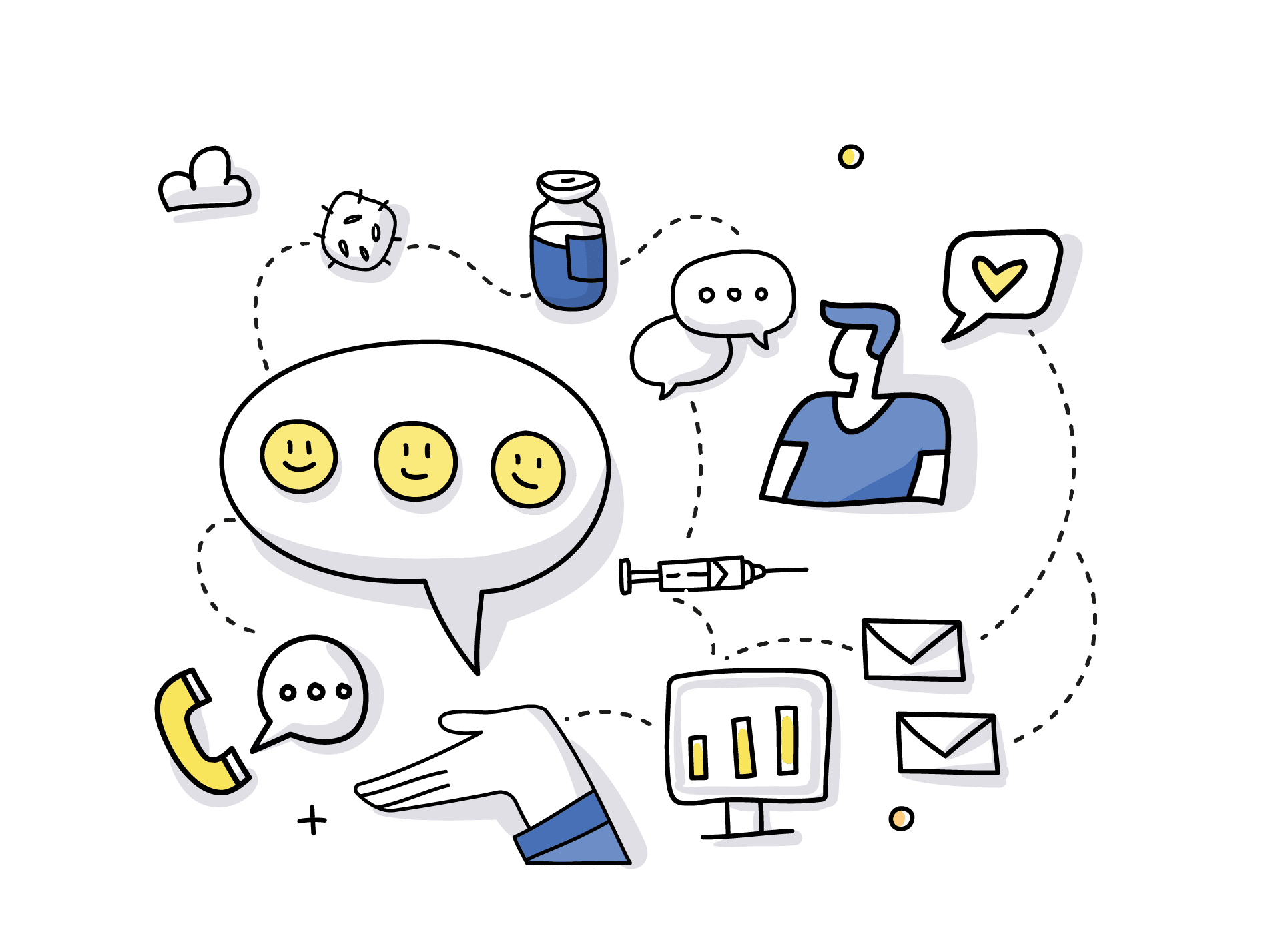
So all in all, why is this work so important?
Mallory: We’ve had a lot of conversations at DH about the power to access quality, relevant information plays in health equity. It’s a direct one. How can you make decisions about care without information that is intelligible? Or even sparks as relevant to you in any way?
Shireen: Imagine if you didn’t have all the information you do now about COVID-19. Imagine if you didn’t know where to go for help, or didn’t know who to trust. What if you had questions and no place to get them answered — in a different language, in a different format (other than digital), at a different pace? These are real barriers and experiences that our fellow Washingtonians are facing which make this work so incredibly important.
Now, more than ever we need to take care of each other and of those that may not have the same access to information they need to stay safe during this time. Creating more equitable access to health starts with us.
